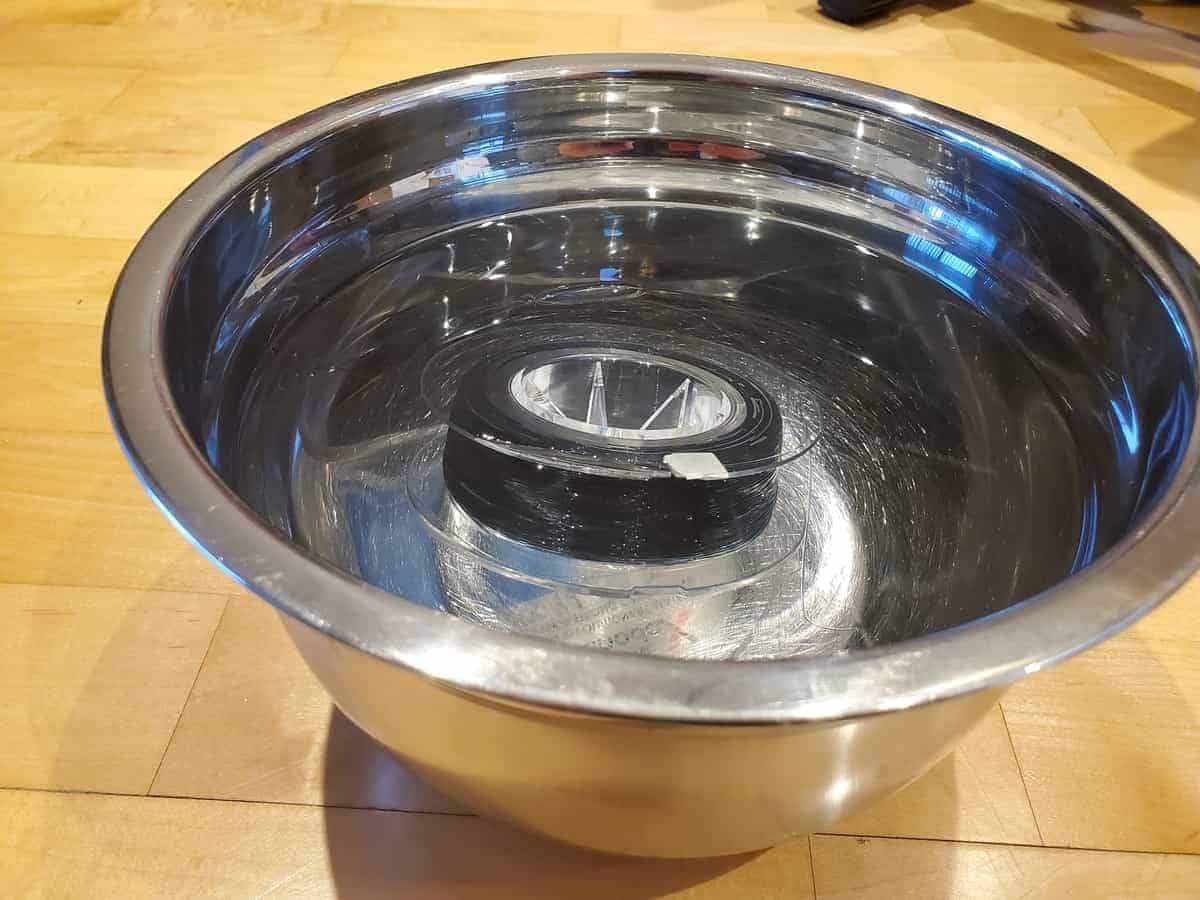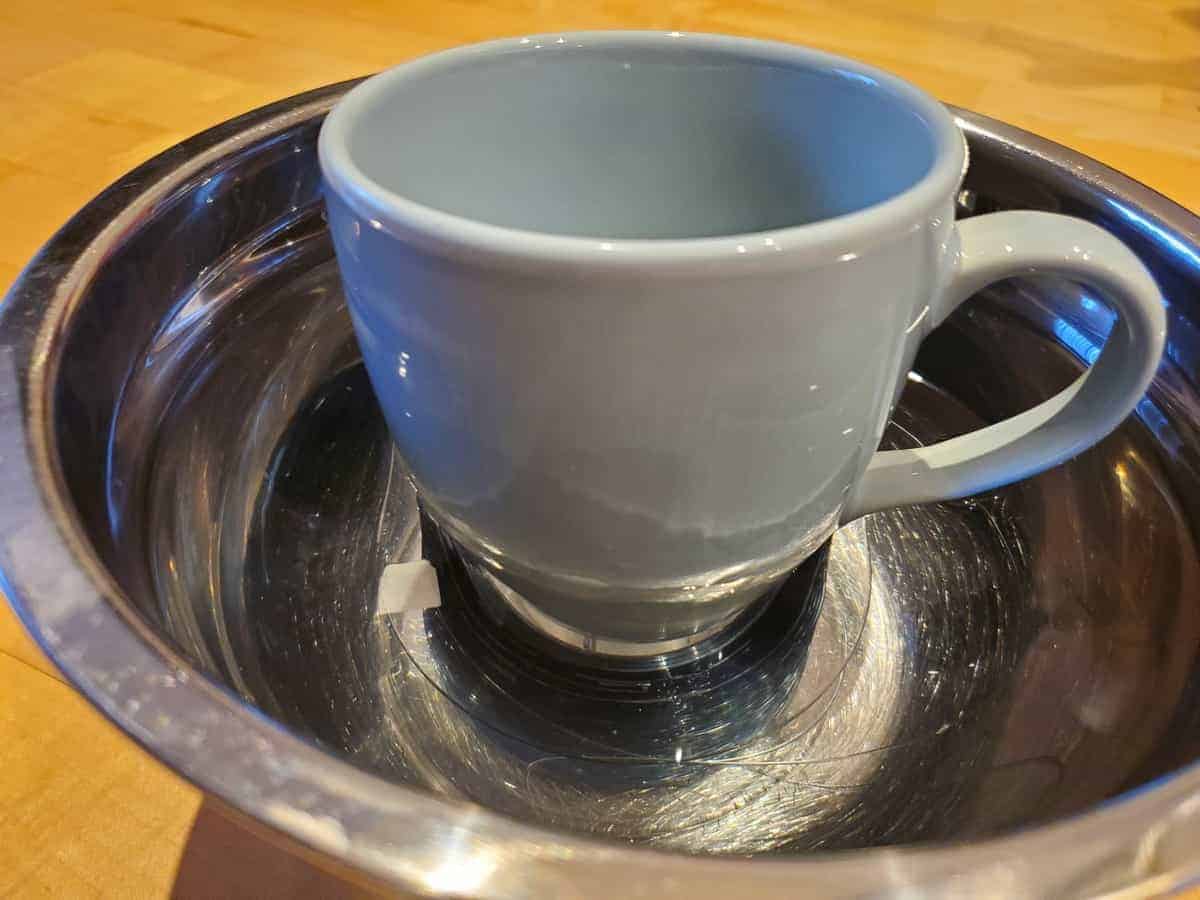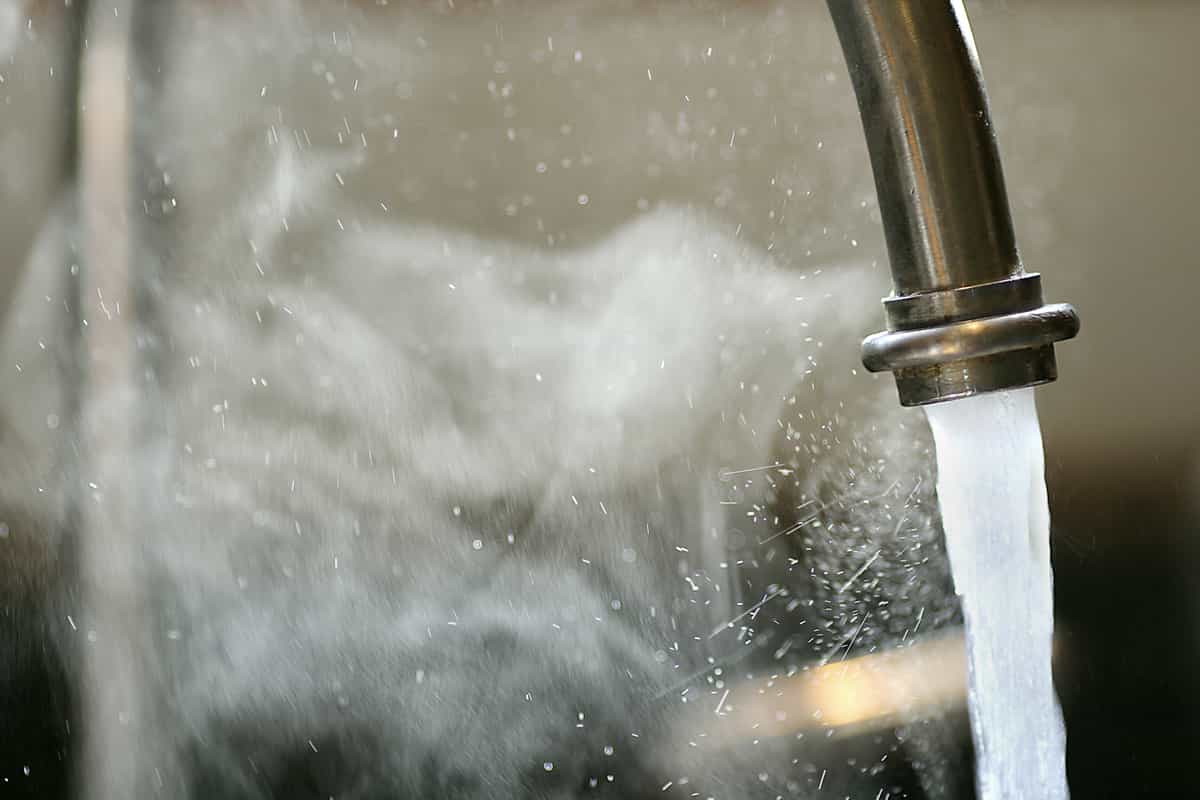I think we all heard the old age advice – “You need to soak your fishing line before spooling it.” But why would you want to soak your fishing line, to begin with, and is it even worth it?
The purpose behind soaking monofilament fishing lines is to reduce line memory, improving how well the line is spooled. But the overall improvement you get by soaking monofilament is debatable. That being said, there are no negative impacts by soaking monofilament if you want to experiment for yourself.

There are many ways how you can reduce fishing line memory besides soaking your monofilament lines. Unfortunately, some of these require buying a product or other time-consuming methods.
Soaking monofilament fishing lines are not only free but require every little time and effort on your end.
The Theory Behind Why Soaking Monofilament Reduces Memory
Something as simple as soaking monofilament fishing line to reduce line memory seems to go to be true – right? Well, according to science, there is some truth behind this.
Monofilament can absorb as much as 10% of its weight in water. The water will cause the line to expand because the water molecules are forcing their way between the monofilament’s polymer molecules.
When this happens, it makes the line longer and makes the line more flexible, which reduces line memory.
When the line is fully saturated with water is when you should spool your new fishing line. Once your line is spooled, it will naturally dry out, causing the line to shrink in length. As the line shrinks, it will tighten around the spool, increasing the overall tension on the spool after it’s been spooled.
The increased tension will force the fishing line to “reset” its memory forming to the curvature of the reel’s spindle over time, reducing the impact of line memory.
A Walkthrough On How To Soak Monofilament Line?
If you are like me, then you like it when things are simple to do.
Soaking your monofilament fishing line is not only easy to do, but it practically takes no extra work on your end.
- Fill a bucket or deep bowl with water.
- Put the spool with the monofilament line in the water
- If the spool is floating then put a heavy object on top of the spool to make sure all the line is submerged.
- Let the monofilament soak at least overnight.
- Spool the monofilament on your reel as you would normally.

How Long To Soak Monofilament Line
It would be best to let monofilament soak overnight because you want to make sure the line is fully saturated with water for the best results.
It will take a few hours for the line to become fully saturated with water. The time it takes to become fully saturated will depend on the plastics used to make the line, chemical additives, and external coatings.
The good news here is that there is no negative impact to letting your line soak longer than overnight. So don’t have to feel worried if you forgot about the line for a few hours.
How Hot Should The Water Be When Soaking Monofilament
The short answer for this is: Heat and monofilament do not blend well.
Various discussions on the web talk about the friction caused by cinching down on a knot is enough to weaken monofilament. Plus, there is an article by Berkley that talks about “Why should you re-spool your fishing line” they reference heat damage twice in the article.
- Heat generated by the friction caused by the fishing line rubbing aginst the rod guides and reel.
- Haet generated by the friction caused by tying knots.
So a good general rule of thumb is that if you can’t keep your hand in the water, then it’s too hot.
There is no need to take a risk here. Just use warm water, and you will be safe.
Should You Boil Fishing Line?
Not ever sure how this seems like a good idea – I guess some people think the more heat, the better.
Please don’t do this. This will be a sure way to damage your line, and you will regret it if you are dealing with a line that keeps on breaking.

How Does Heat Affect Monofilament
There is not a lot of research published online on what happens to the monofilament fishing line when it’s heated that causes the line to become weaker and break down.
However, we know that, once the monofilament is produced and cured, heat will damage the line’s molecules and weaken their connections.
These connections provide the line flexibility and strength. But if these molecules are damaged, it will make the line weaker and brittle.
Should Monofilament Fishing Line Be Soaked Before or After Spooling?
The question “should you soak your fishing line before or after spooling” seems to be up for debate within the fishing community.
In my humble opinion, there is a time and place for both options. So let us take a deeper dive.
Soaking Monofilament Line Before Spooling?
Before you ever spool a new monofilament fishing line to your reel, you should always let it soak before spooling. Allowing time for the monofilament to absorb the water will reduce the line memory and allow the line to be laid on the reel better than if you did not let it soak.
Not to mention as the line drys, it will shrink in size, creating more tension around the reel’s spindle which will help with the line memory.
This will provide you with the best results, in my opinion.
Simply tossing your new monofilament while it’s on the same plastic spool that you brought home from the store is a lot less work on your part than if it were spooled on a reel already.
Soaking Monofilament After Spooling
Generally, you will want to soak your line after it’s spooled if you are experiencing excessive line memory issues.
Suppose you are experiencing issues with line memory affecting your casting, line sensitivity, or even birdnesting. In that case, you will want to soak your line while it’s on the spindle to reduce the memory.
This is easy to do if you are dealing with a spinning reel because the spindle can be easily removed. But if you have a conventional reel or baitcaster, it might cause you a bit of a problem.
If your reel’s maintenance book allows it, you could attempt to soak your reel in water. But most baitcasters and conventional reels would recommend against this.
If this is the case, you will need to spool the line on a plastic spool and soak it. Once the line is fully saturated with water, you can spool your reel again – it sounds like a lot of work to me!
Instead, you would be better off looking into using a line conditioner or trying other methods to reduce line memory.
Happy Fishing and Tight Lines

